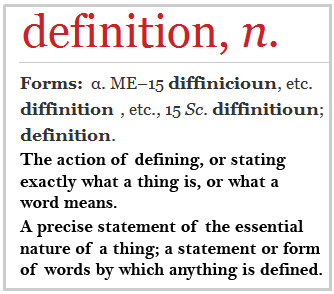![]()
Monochrome
(Includes, but is not the same as, “Black and white”).
The term monochrome is used to describe a photograph produced in one colour including all its tones. The use of the term monochrome includes the more specific “black and white” and the tonal variations between them (greys).

Reflection of a girl – monochrome.
There is more to monochrome than black and white photography.
“Monochromatic” can be used to describe a single colour.
The photography is rich with examples of monochrome. The colour of early prints were dependent on the types of inks and developing processes used in creating the print. Sepia is one example. The reddish brown ink derived from a cuttlefish ink is well known because of its use in many historic prints.
The term “black and white” is not the same as “monochrome”. The term black and white may be included in the category ‘monochrome’ but not the other way around. This is important for competition entry. Monochrome work may not be submitted for black and white competitions if the monochrome is a colour other than black. Always check the competition rules before entering.
Monochrome is a medium to work with for artistic purposes.The simplicity of only one colour produces a simple image without simplifying the message or story. (See: Rare black and white pictures – great examples).
The use of monochrome is an artistic or aesthetic decision for modern photographers. Most modern cameras produce photographs in full colour. A monochrome picture is usually the end result of a conversion done in post-processing. Black and white images produced in-camera are simply colour images auto-converted to greyscale in-camera.
Photographic Glossary – Definitions, articles and resources…
Definition: Sepia
Comments, additions, amendments or ideas on this article? Contact Us




10 responses to “Definition: Monochrome; monochromatic”